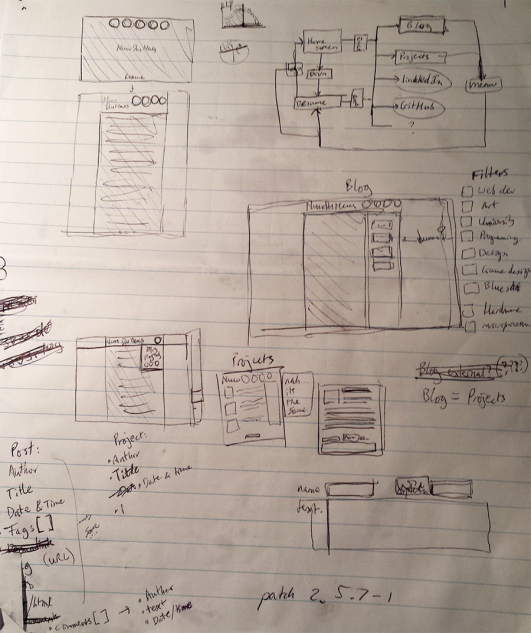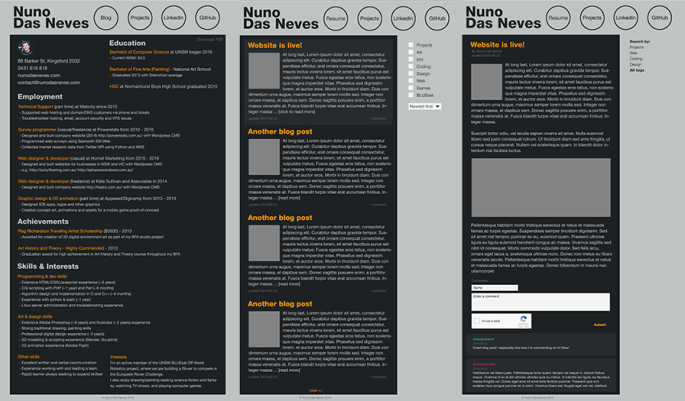The laptop
A couple of weeks ago I purchased a secondhand lenovo X220 thinkpad on ebay for about ~$200.
Basically I needed a second laptop as a backup for the (increasingly frequent) times my Windows-based Asus machine has shat itself/stopped working for some reason.
My requirements were:
- Really cheap (not a replacement for my main laptop)
- Able to run linux natively without having to do hacky things to the BIOS/firmware (a lot of newer laptops are optimized for Windows and the manufacturers don’t give shit if you want to run a different OS)
- Small and portable (my windows laptop is 15″ and has a bulky charger)
- Ergonomic (Goes with portable; less chance I’ll be lugging around an external keyboard/mouse)
After doing tonnes of research, especially on prices (It’s realllly hard to find anything decent for <$200), I decided on the X220.
I managed to snag this one in a bid on ebay for AUD 182.50 plus 30.00 shipping. Not bad, considering it has an SSD, 3rd gen i5 processor, which are specs that vastly outstrip the other cheap options I was looking at (Chromebooks).
Lubuntu
I wanted to run linux natively and decide to start with something relatively user friendly. I decided on a lighter-weight version of the popular Ubuntu OS; ‘Lubuntu.’
It’s really easy to install, (its basically Ubuntu). I used most of the default options (though there’s not a lot of choice in the l/ubuntu installer by design), and soon I had everything up and running. I did notice that despite its claim of ‘light’ness it still came with a suite of software installed by default like Libreoffice, Pidgin messenger etc.
Anyway, after using it for a couple of weeks I decided to install Arch instead.
Arch
The philosophy of Arch Linux is ‘keep it simple’. As a person relatively new to linux and the shell, I found it difficult to believe this. It took me several hours, carefully following the Beginner’s Guide to install the core Arch system.
I did learn a heck of a lot in the process, however. One of the main things I learned about was the significance of setting up pertiand spent the next day or so setting up my environment. I’m using Xmonad (official site) as my window manager, along with xmobar (for time/battery info), urxvt (terminal app), dmenu (very handy application launcher), XDM (for login/display management), alsa-utils (audio), firefox, thunderbird and some other stuff.
The thing I’m loving about Arch is how everything is on me. I have to understand how stuff works before I use it, and as a consequence I’m learning a lot about how linux (and OS’s in general) work. The package manager, pacman, always tells you exactly what its doing and its easy to remove unwanted packages (and their unused dependencies!)
Some stuff is a bit harder to configure though; eg udev rules for audio. Currently if I want to use a USB headset I have to plug it in then reboot the computer before udev will detect and use it correctly (this only takes about 30 seconds, but still). In order to make udev rules detect it on the fly I’ll need to add a custom, very non-trivial script.
Another thing I’ve had some dramas with was connecting to uni wifi. netctl, the default networking utility, doesn’t autodetect or deal with WPA2 Enterprise networks automatically. To solve this I had to add a custom eduroam profile, disable the netctl-auto service (which automatically connects to recognised wifi networks), and start the profile manually. There’s probably a way to get it to work with netctl-auto but I haven’t found it yet. It seems as though netctl stops working altogether if you try to start a profile while netctl-auto is active. hnnng.My Windows 8.1 computer (which I usually use for everything) is currently dead due to an unexpected crash, so I’m being forced to use Arch exclusively for now, which I don’t entirely mind.



